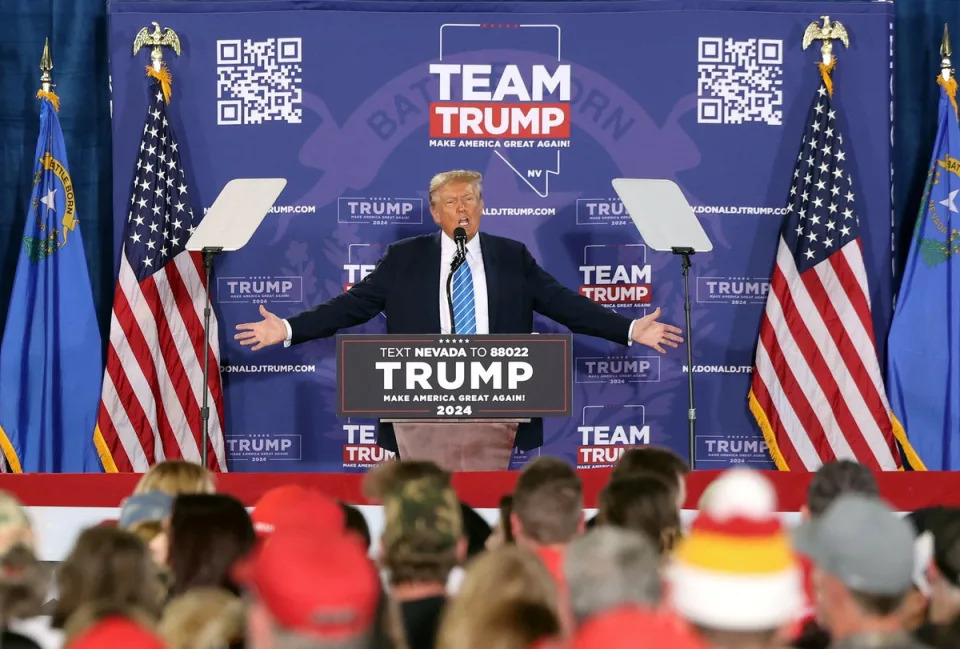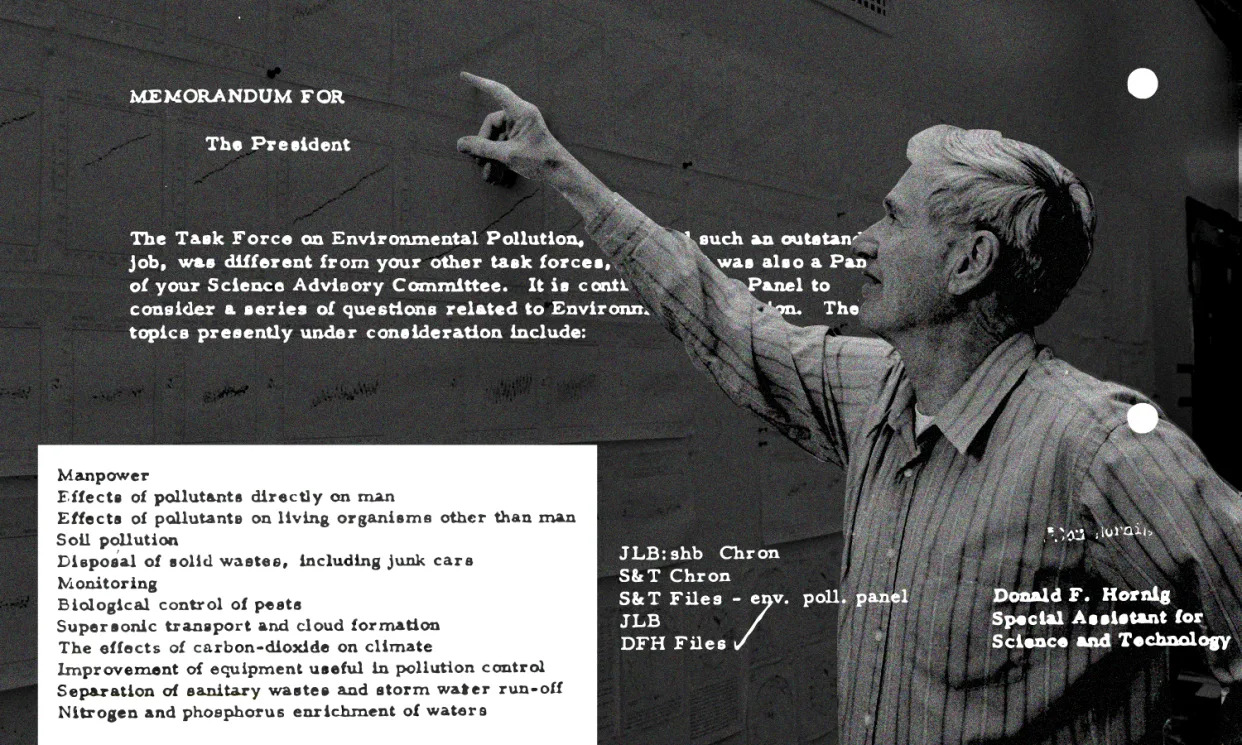The New York Times
Why Are Americans Wary While the Economy Is Healthy? Look at Nevada.
Peter S. Goodman – February 5, 2024

LAS VEGAS — Toni Irizarry recognizes that the economy has improved. Compared with the first wave of the pandemic, when Las Vegas went dark, and joblessness soared to levels not seen since the Great Depression, these are days of relative normalcy.
Irizarry, 64, oversees a cafe at the Orleans Hotel and Casino, a property just off the Las Vegas Strip that caters mostly to locals. Guests have returned, filling the blackjack and roulette tables amid the cacophony of jingling slot machines — the sound of money.
She started in the hospitality industry busing tables when she was only 16. Her paychecks have allowed her to purchase a home, raise three children and buy each of them their first car. But as she contemplates the future, she cannot shake a sense of foreboding.
The outlook of people like Irizarry could be crucial in determining who occupies the White House. Nevada is one of six battleground states that are likely to decide the outcome of November’s presidential election. Its economic centerpiece, Las Vegas, was constructed on dreams of easy money. That proved a winning proposition for generations of working people, yielding middle-class paychecks for bartenders, restaurant servers, casino dealers and maids. Yet over the last two decades, a series of shocks have eroded confidence.
First, a speculative bonanza in real estate went spectacularly wrong, turning the city into the epicenter of a national foreclosure crisis. The Great Recession inflicted steep layoffs on the hospitality industry, demolishing the notion that gambling was immune to downturns. Then in 2020, the pandemic turned Las Vegas into a ghost town.
“There is that sense of the unknown,” Irizarry said. “People are scared. They think, ‘If this could happen, which we never ever had before, what else could happen?’”
That the fate of the 2024 presidential election could hinge on economic sentiments is widely taken as a given among political operatives.
In the battleground states, 57% of registered voters identified the economy as the most important issue in a poll conducted in October by The New York Times and Siena College. More than half of all respondents described economic conditions as “poor” — a key reason that President Joe Biden was trailing his presumptive Republican challenger, former President Donald Trump, in five of the six states.
Such indications of worry appear to conflict with data points that reflect an unambiguous strengthening of the U.S. economy. Incomes have risen, unemployment remains low and consumer confidence is improving. Fears of recession have yielded to exultation over economic growth that registered 3.3% over the last three months of 2023. And the Super Bowl, coming to Las Vegas for the first time Sunday, will bring a short-term boost of as much as $700 million to the local economy.
Still, a sense of insecurity has seeped into the crevices of everyday experience. This feeling is especially palpable in Nevada, a state dependent on a single industry — casino resorts and the hospitality trade — for roughly one-fourth of its jobs.
In Nevada, 59% of those polled described the economy as “poor,” the highest margin among the six states. Seventeen percent of registered Democrats asserted intentions to vote for Trump.
The state’s unemployment rate is down sharply, registering 5.4% in November — a fraction of the 31% logged in April 2020 — even as it remains higher than any other state. Wages have grown, especially for more than 40,000 leisure and hospitality workers represented by a pair of local unions. The rate of inflation on a range of consumer goods has slowed markedly.
But those figures leave out key sources of distress that are playing out across the country and even globally, and whose origins are not confined to the four-year windows conventionally used to assess presidential administrations.
While prices for many goods have stopped rising, they remain higher than before the pandemic, especially for critical things like gasoline, groceries and rent.
Higher interest rates — the result of the Federal Reserve’s credit tightening to choke off inflation — have increased credit card burdens for those carrying balances. They have multiplied mortgage payments for homeowners whose interest payments float with broader rates.
Of special concern in Nevada is recognition that potentially lucrative pursuits like advanced manufacturing could take years to produce significant numbers of jobs.
For decades, Nevada’s leaders have sought to diminish the state’s dependence on casinos and tourism. Las Vegas is rapidly filling with warehouses as the metro area emerges as a hub for the distribution of products. Ventures centered on the transition to green energy are generating high-paying jobs, especially near Reno.
Nonetheless, Nevada remains heavily reliant on the willingness of people around the world to fly in, pack into resorts and convention centers, and scatter their dollars across casinos, restaurants and entertainment venues. Which makes the enterprise subject to abrupt changes of fortune. Which makes people nervous.
“We’re still very vulnerable to another recession,” said Andrew Woods, director of the Center for Business and Economic Research at the University of Nevada, Las Vegas. “If the U.S. economy decides to go off the deep end, we are not any more resilient than we were before.”
The Strains of High Prices
Much of the unhappiness in Nevada, as in the rest of the country, centers on high costs for everyday items along with housing.
Antonio Muñoz, a former police officer, owns 911 Taco Bar, a restaurant tucked inside a food court near the Strip. He laments how the price of chicken has increased to $3.50 a pound from $1.20 before the pandemic. A 5-gallon jug of cooking oil has risen to $60 from $25. He has been forced to increase wages to keep his five full-time workers.
Much of his business is dedicated to catering work. Large events have come back robustly, he said. The annual Consumer Electronics Show in early January produced a surge of orders for rib eye and shrimp tacos as technology companies hosted visitors in private suites. He was gearing up for the Super Bowl.
But smaller bookings — birthday parties in particular — diminished last year by one-fifth compared with 2022. He blames Russia’s ongoing war in Ukraine, conflict in the Middle East and acrimony over the U.S. election for making people nervous and tight with money.
He worries that worry itself could take down the economy.
“I feel like it’s teetering,” Muñoz said. “People seem to be waiting to see what happens.”
More Pay, Greater Security
One group is celebrating potent gains. After threatening to strike, tens of thousands of people represented by the Culinary Workers Union Local 226 and Bartenders Union Local 165 secured a contract settlement that includes raises of 32% over the next five years.
Union workers played a critical role in turning out voters for Biden four years ago, and their greater pay could motivate them to repeat that effort. And given the importance of their wages in fueling local spending, the new contracts are themselves a source of economic vibrancy.
Kimberly Dopler has worked as a cocktail server at Wynn’s Las Vegas for nearly 20 years. The job is physically exhausting and fraught with the pitfalls of tending to customers who are “drinking and gambling, and not in their right state of mind,” she said. Yet she navigates those risks for the resulting security.
“I get to go home with money in my pocket every day, and I can take my shoes off and relax,” she said.
The union contract has enhanced her sense that the economy is strong. “I see a lot of hiring happening at my job, hiring events throughout town,” Dopler said. “I feel like people have a good opportunity in this town to find work.”
Raymond Lujan, 61, a union steward and server at Edge Steakhouse, a restaurant inside the Westgate Las Vegas, was born and raised in the city. His mother worked as a cocktail server at the Stardust. His brother is a bellman at the Bellagio.
Before the pandemic, Lujan had never been out of work. When the restaurant where he worked closed, he drew on savings, but many of his co-workers live check to check.
He remains confident in a future centered on the hospitality industry.
“This is Vegas,” he said. “It’s still the destination capital of the world.”
‘It’s Still Hard’
Yet for working people who lack the protection of a union, Las Vegas remains something else: an economy subject to violent fluctuations.
Before the pandemic, Carlos Arias, 51, was earning more than $2,000 a week as an Uber driver. When the casinos shut down, he found work as a cook — first at Denny’s for $13.75 an hour, then at IHOP for 50 cents more.
Suddenly earning only one-fourth of his previous income, Arias and his partner, a manger at a McDonald’s, struggled to pay the $1,100 monthly rent on their one-bedroom apartment. They tapped credit cards to keep gas in their car. They cut grocery purchases to bare essentials like rice, beans and instant ramen.
They fell behind on the payments for their Cadillac van. One morning, it was gone, seized in repossession.
He found a new job as a cook at a Mexican restaurant for an extra $1 an hour, and then a second one at an eatery inside the Ellis Island casino. For a year, he worked both positions, rising at 4 a.m. for the early shift, and sometimes not getting home until after midnight.
He felt dizzy, his vision blurring. He could not tell if he was ill or merely exhausted, and he had no health insurance. When he nearly collapsed, he went to the hospital and was diagnosed with diabetes. The medicine the doctor prescribed cost more than $50 for a 30-day course — more than he could manage.
Early last year, he took a job at a restaurant in the Mandalay Bay Resort and Casino, for $19 an hour.
On paper, Arias presents as an example of an improving economy. He is earning more than during the worst of the pandemic. He has health insurance, and is taking medication for his diabetes.
But he is earning less than half what he did before the unraveling began.
“It’s still hard,” he said. “You go to the store and buy $100 worth of groceries and there’s nothing in the car.”










